Browse researched and curated collections featuring major artists, galleries and themes.

Roger Lannes de Montebello (1908–1986): A 40-Year Quest for 3-D Photography
Although Philippe de Montebello, the former Metropolitan Museum director is well-known, few people have heard about his father Roger de Montebello and his life-long creative obsession with three-dimensional photography.

Letters and Ephemera: Anne MacDonald, Sam Wagstaff, Robert Mapplethorpe
The connection between Anne MacDonald (1942 – 2018) and Sam Wagstaff (1921 – 1987) dates back to the early 1970s when she was on the Board of Trustees at the Detroit Institute of Art where he was a curator. Despite her title, MacDonald was still in her 20s and…
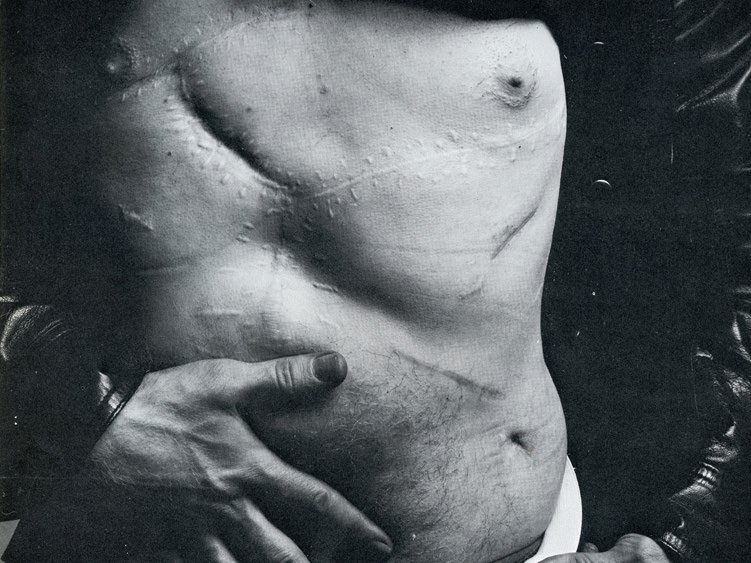
Andy Warhol Ephemera: Cards, Posters, Magazines, Photos (before Feb. 22, 1987)
Gallery 98 has been sorting through our Andy Warhol ephemera with the goal of dividing it into two online collections. This first of these features items from before the artist’s death in February 1987. The second looks at posthumous Warhol ephemera from the time of his death to the…
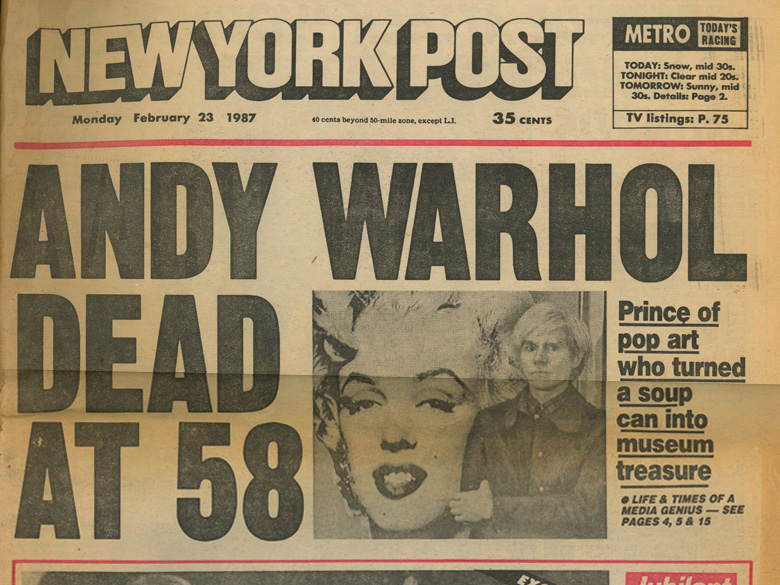
Andy Warhol Ephemera, Part 2: Posthumous Cards, Posters (after Feb. 22, 1987)
This collection features some of the announcement cards, posters and publications from after the artist’s death on February 22, 1987. Posthumous ephemera have an interesting story to tell. As successful as Warhol was in life, the full range of his creativity and prodigious production only emerged after his death.
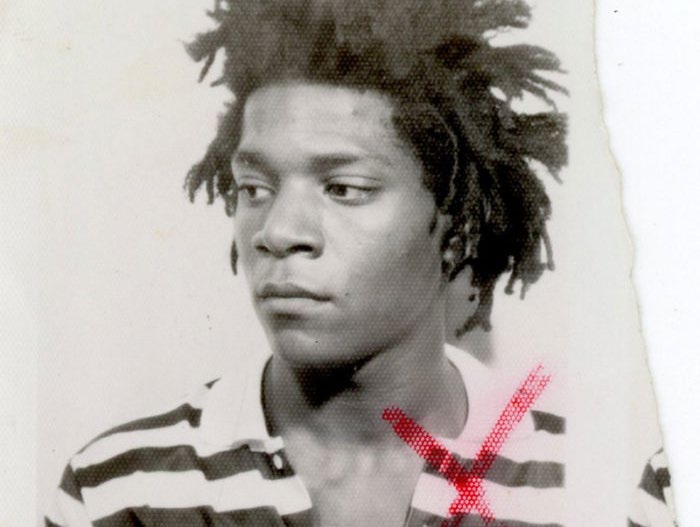
A Survey of Jean-Michel Basquiat Ephemera: 1981–88
Similar to the way paintings by Jean-Michel Basquiat have played a key role in the frenzy surrounding contemporary high-end art auctions, the same is happening in the more limited market of vintage contemporary art ephemera. The cards, posters and publications that feature Basquiat and chart the important moments in his…

Posthumous Basquiat: Art Ephemera From After August 12, 1988
For serious collectors of art ephemera one important consideration is that items date from when an artist is alive and working. There is a certain logic to this. The best art ephemera chronicles an artist’s career and for most artists very little of significance happens after their death. Jean-Michel Basquiat…
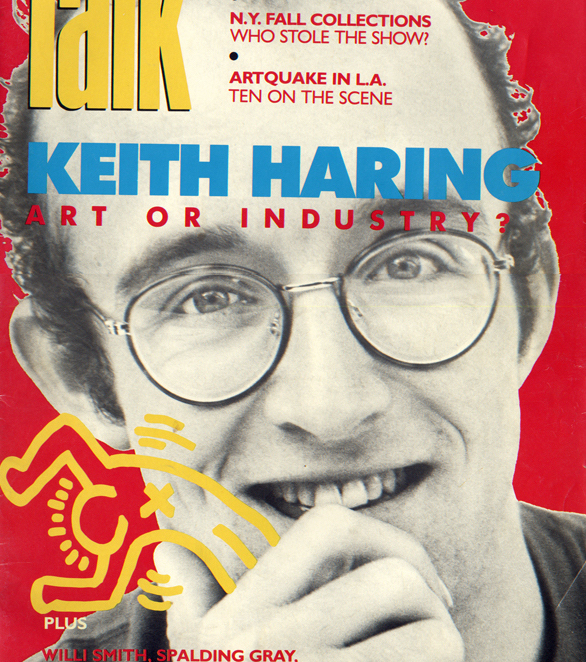
Keith Haring Ephemera, 1979–1990
For Keith Haring the line separating fine art and ephemera was thin. His meteoritic career was marked by an unrelenting succession of works cutting across every medium and category of art, but his approach to making art was remarkably consistent whether he was making a large outdoor mural, a commercial…
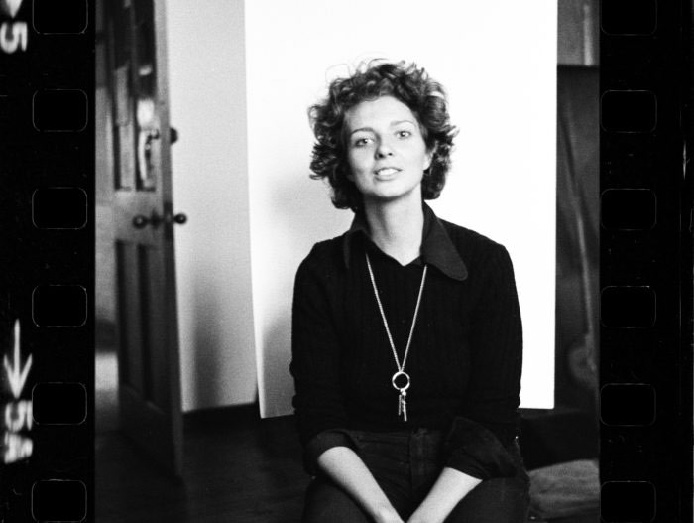
Marlene Dumas: Fifty Years of Art Ephemera
Marlene Dumas will be adding to her remarkable forty-year career that includes scores of exhibitions at top galleries and museums. A valuable byproduct of this exhibition history is a large cache of gallery cards, brochures, posters and other promotional materials.
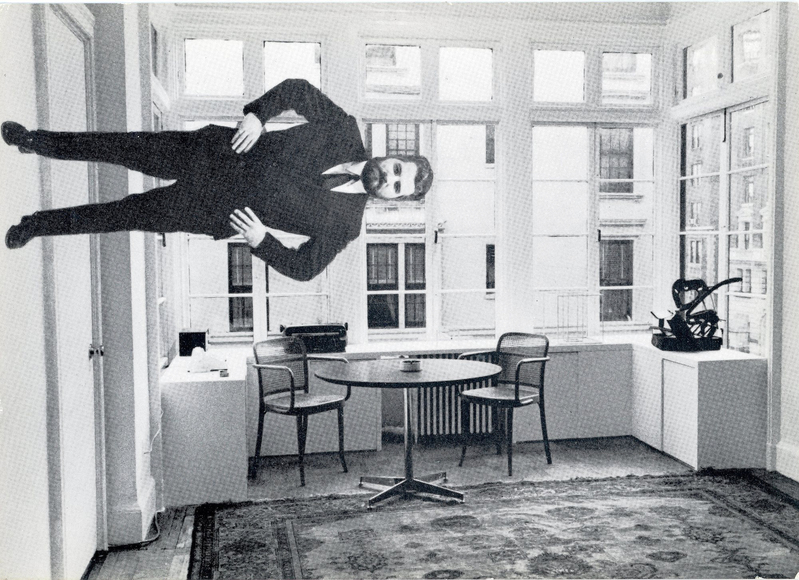
John Gibson Gallery: The Early Years
The rise of Fluxus and Conceptual Art in the 1960s opened up many new possibilities for artists. The John Gibson Gallery, established in 1967, quickly made a reputation for itself by exhibiting some of the most challenging examples of these new developments.

Deitch Projects (1996 – 2010)
In the course of fourteen years in New York’s Soho arts’ district, Deitch Projects completely reconfigured people’s expectations about art. Its founder Jeffrey Deitch was already a well-known art advisor, curator and critic when in 1996 he decided to open his own gallery, where he remained committed to the populist…
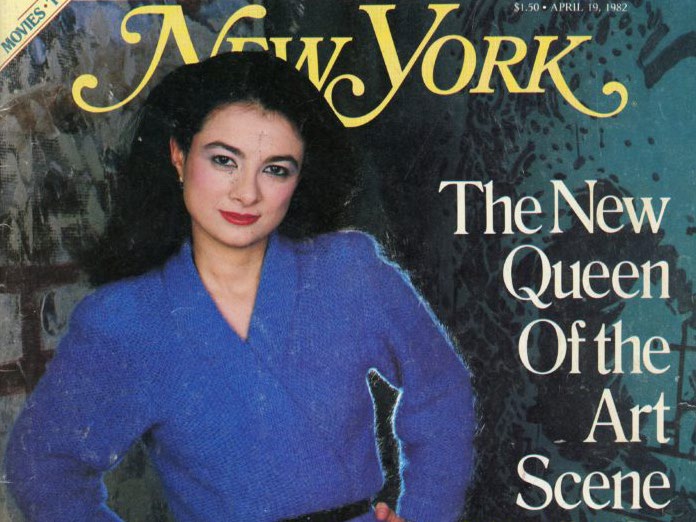
Mary Boone Gallery:A History in Art Ephemera
Mary Boone’s decision to close her galleries as she gets ready to begin serving a 30-month jail sentence for tax evasion, brings to a halt the storied reign of one of New York’s most public and successful dealers.

Texas Gallery
Thanks in part to our new high-visibility website, Gallery 98 is increasingly being approached by artists and galleries who want their history to be part of our ever-expanding collection of art ephemera. Recently, we were fortunate to obtain a large collection of announcement cards from the Texas Gallery, courtesy of its principal owner…

Fine Arts Photography, Ephemera From Light Gallery, 1971–1987
The rise of photography as an art collectible has largely taken place over the last fifty years and much credit can be given to Light Gallery (1971–87), the first gallery to exclusively represent “artist photographers.”…

Photo Cut-Outs: M. Henry Jones’ Film Soul City, 1977–79
The emergence of digital photography during the last decade has provided a new perspective on photographs from the pre-digital era. The photographs that M. Henry Jones created in the late 1970s for the animated film Soul City have a special place in this story of technological change.
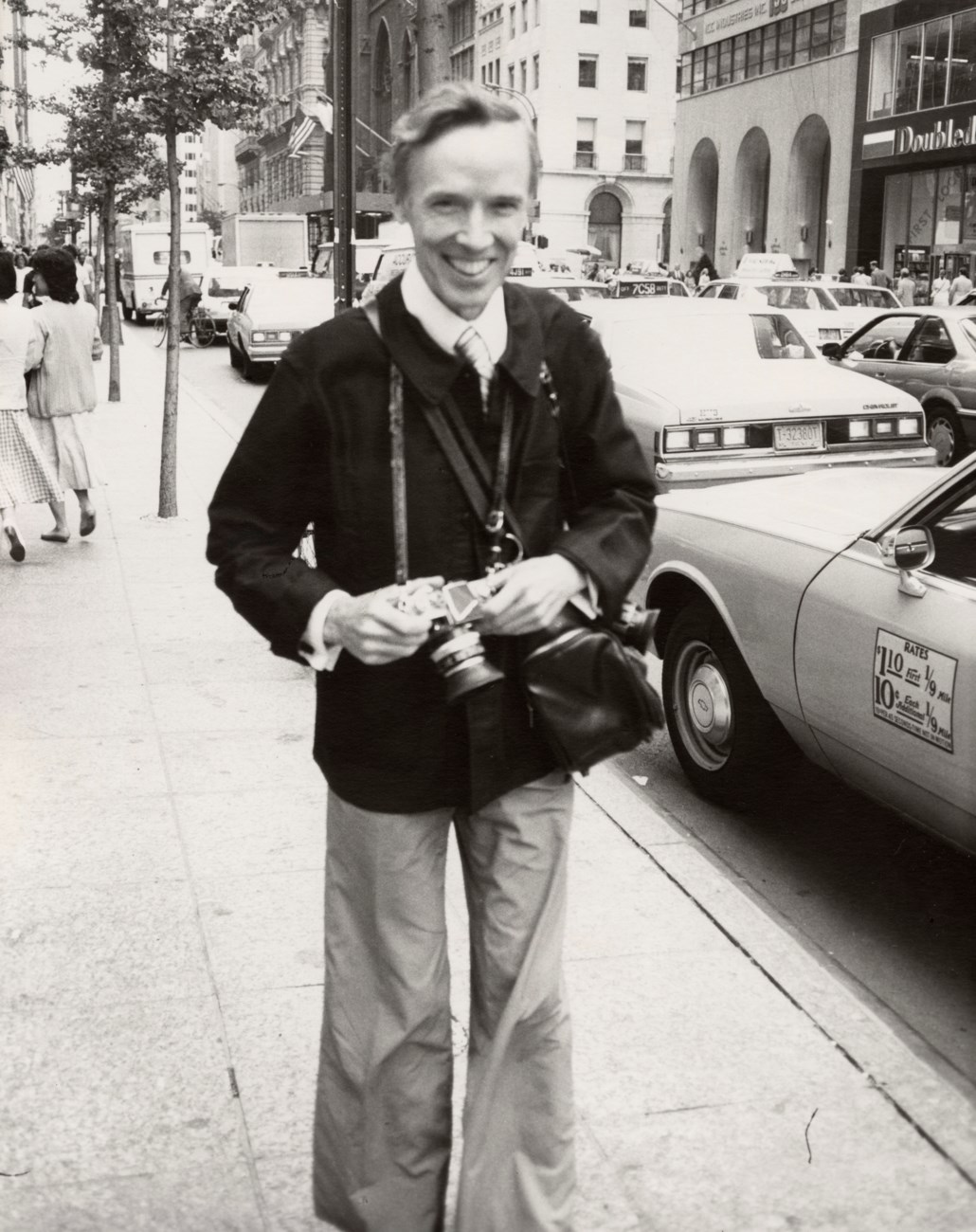
Bill Cunningham & DETAILS Magazine, 1982–90
For readers of the weekend style section of the New York Times, Bill Cunningham (1929–2016) was a perennial presence in two of the paper’s most popular weekly picture columns: On the Street, a sharp-eyed compendium of the fashion he encountered on the street; and Evening Hours, a compilation of portraits of society figures at New York philanthropic fund-raisers.

12 Christmas Gifts From Dianne B, Postcard Set 1983, Peter Hujar
A recent visit to the Peter Hujar retrospective “Speed of Life” at the Morgan Library and Museum brought to mind a fashion ephemera item in the Gallery 98 collection. The Twelve Perfect Christmas Gifts from Dianne B. (1983) is a mini-portfolio consisting of a decorated cover and twelve postcards, eight…

No Wave and Independent Film
The No Wave and Independent films produced in downtown New York in the 1970s and 1980s are an intriguing hybrid art form that intermingles music, fashion, performance and visual art.
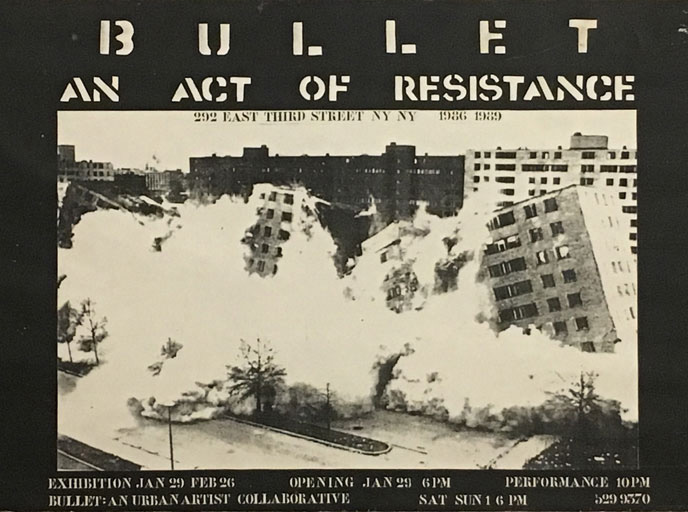
Andrew Castrucci & Bullet Space: A Lower East Side Art Squat, 1980s & ’90s
In the mid-1980s, as gentrification encroached on the East Village, the neighborhood’s eastern fringe remained a lawless landscape of abandoned buildings and rubble-strewn lots.

The Rivington School, 1983–95: Linus Coraggio, Toyo Tsuchiya
In 1985, No Se No artists took over the empty lot on the corner of Rivington and Forsyth, transforming it into a crammed, junkyard-like Sculpture Garden that would become the Rivington School’s best-known manifestation.
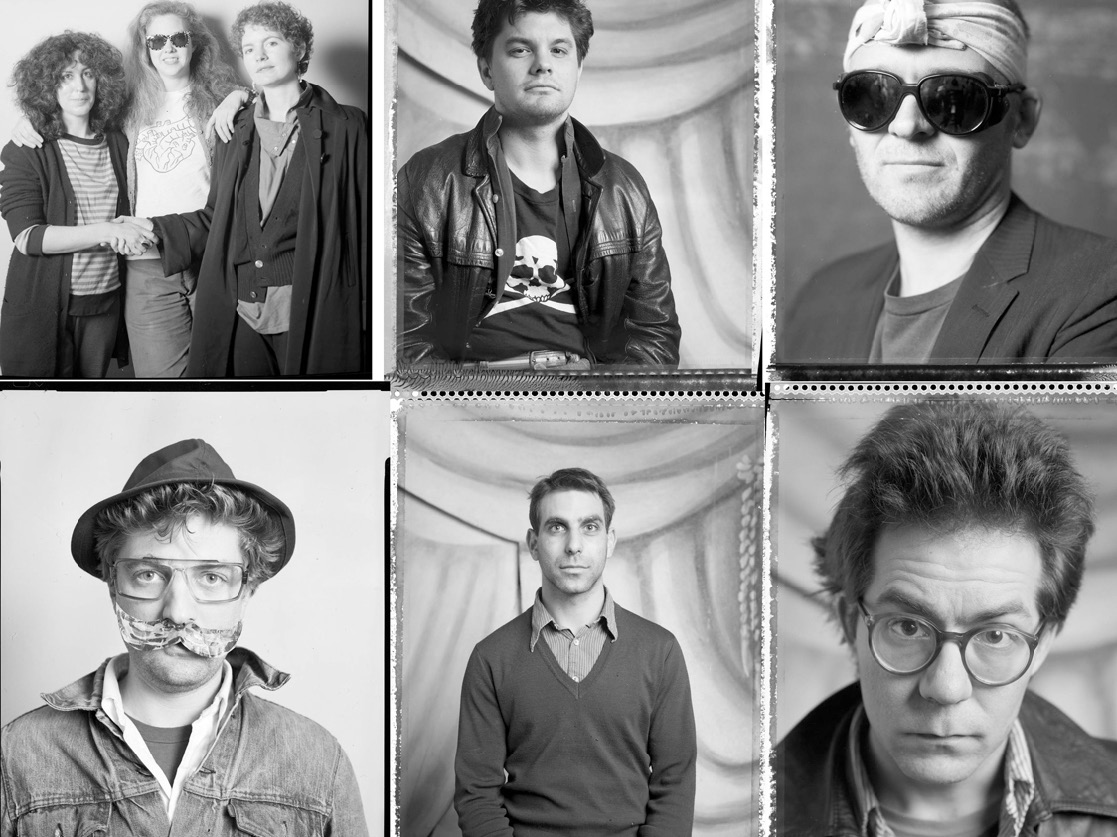
Collecting COLAB: Ephemera, Photography & Multiples, 1978–1985
COLAB’s ever-changing nexus of thirty to sixty artists included many who later achieved individual fame, but the group’s real contribution was the philosophy of creative engagement it advanced through collective, do-it-yourself actions.

Talk is Cheap: A Street Poster Exhibition, 1984
In the 1970s and 80s much of downtown New York lay in decay but amidst the economic squalor a surprising art renaissance emerged along the district’s streets and walls. Most people remember the graffiti from that period but of equal interest was the profusion of street posters. This was the…

Tom Otterness, “Zodiac Love” Plaster Sculptures, 1982–87
With over three dozen major commissions around the world, Tom Otterness is one of the most successful public sculptors living today. His interest in creating art accessible to the general public first manifested itself in the mid-1970s when he sold his works on the street. …
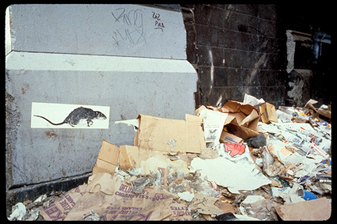
Christy Rupp: Rats and Other Early Works, 1979–1983
Christy Rupp achieved early fame with her art when a street poster she created became the focus of widespread media attention in 1979 during a contentious, three-week strike by NYC sanitation workers.
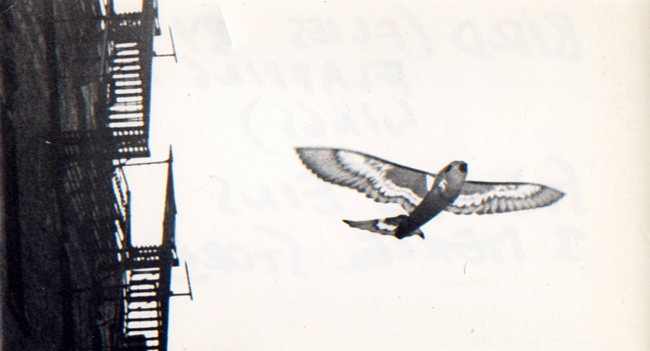
Stefan Eins: the Enigma Behind 3 Mercer Street and Fashion Moda, 1970–80
As the founder of two idiosyncratic, do-it-yourself art spaces, Stefan Eins played a central role in shaking up the insular, overly-intellectualized art world of the 1970s in favor of a more socially-engaged, multi-cultural art with broader public appeal. …

Cara Perlman: Finger-Paint Portraits, Tin Pan Alley, 1981–82
Perlman’s portraits, executed with a painting method typically used by children, fit broadly into the 1980s wave of neo-expressionism but they go way beyond that context.

The Anomalous Baird Jones (1955–2008)
Few people personify the free-wheeling, polymorphous spirit of fin-de-siècle downtown New York as well as the idiosyncratic curator, club party promoter, photographer, author, and celebrity gossip Baird Jones.
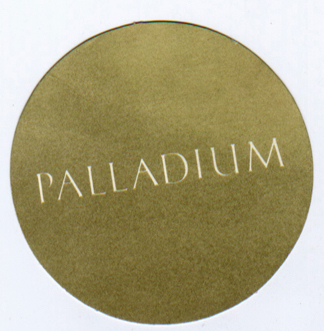
The Night Time Is The Right Time: N.Y.C. Nightclub Ephemera, 1980s
By the 1980s dozens of new nightclubs and bars including Area, Danceteria, Mudd Club, and Paradise Garage consciously strove to be part of the art world by presenting new music, art, film, video, fashion, and performance.
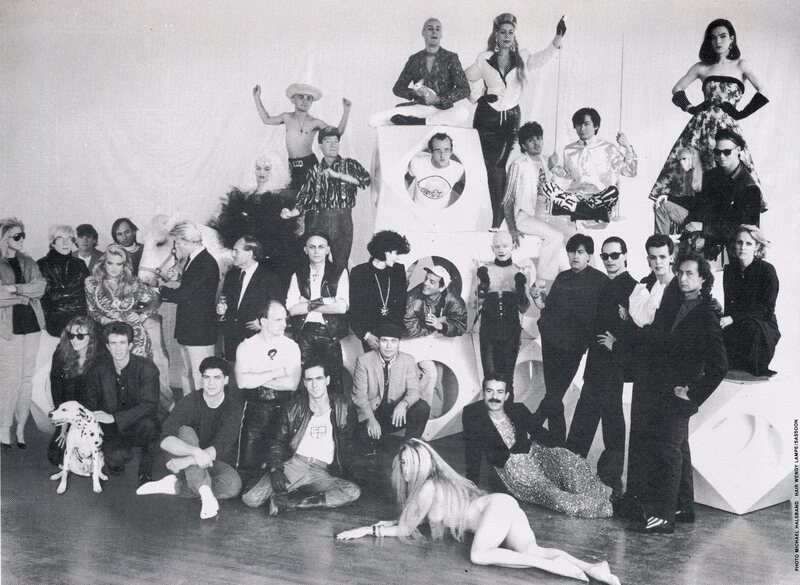
AREA: Cards and Invites from the Legendary Nightclub, 1983–1986
AREA became New York City’s top club in the mid-80s, with much of its success rooted in its popularity among artists, many of whom participated in the club’s ambitious program of creating new themes and décor every six weeks.
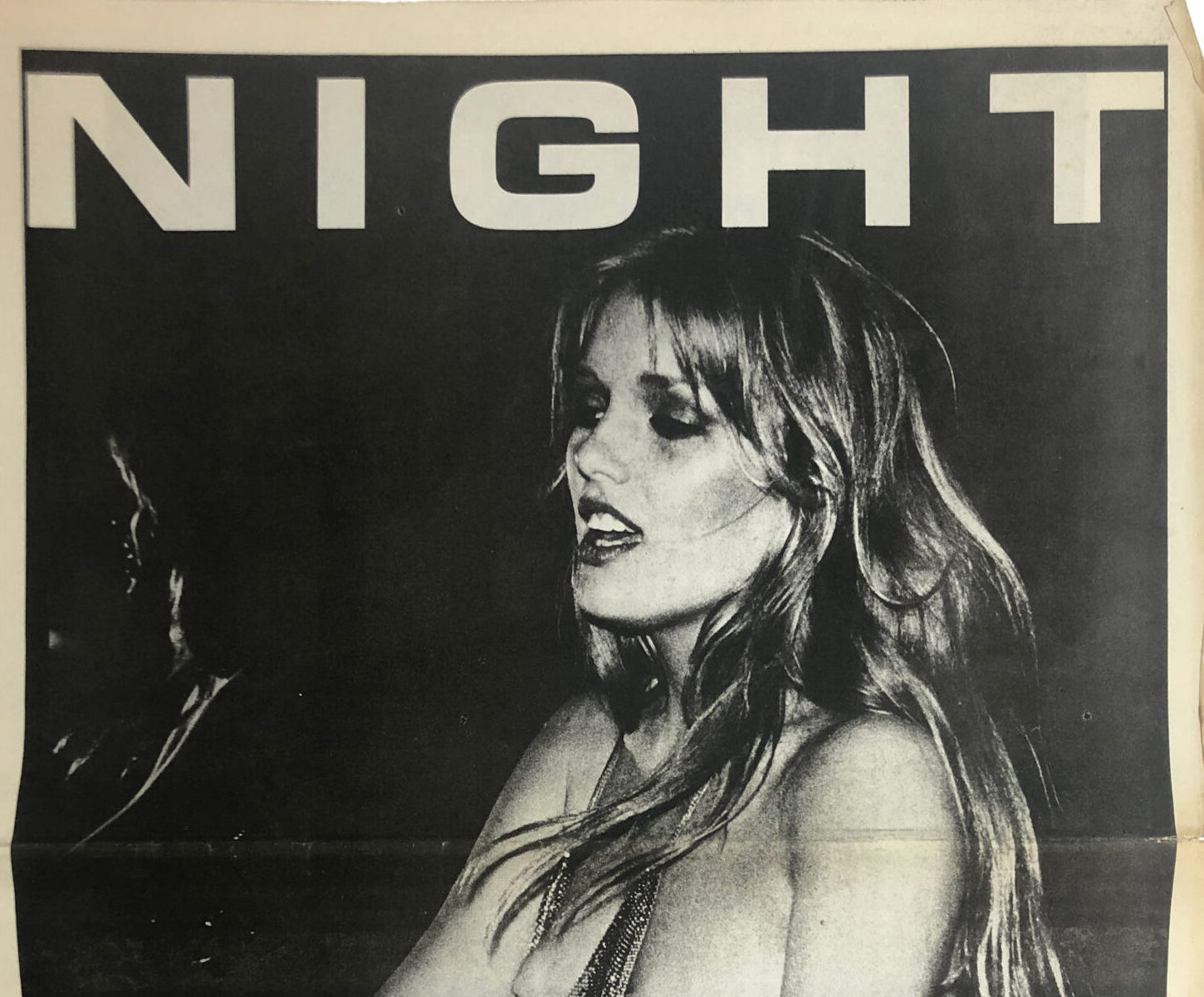
Anton Perich’s NIGHT Magazine Studio 54, Club Culture and Art, 1978-79
NIGHT was the creation of artist and photographer Anton Perich who, inspired by Andy Warhol’s Interview, made the decision to publish his own magazine using his own money. …

Anton Perich: Electric Brushstrokes, 1978–1989
A childhood tinkerer and an aspiring inventor, Perich achieved success in 1977 by creating a machine that automatically produced a sequence of lines with an airbrush activated by a photocell reacting to the lights and darks of projected images.

The Strange World of Neke Carson: Early Works, 1970–85
This is a show filled with unusual masterpieces: psychologically-charged drawings that hint at impropriety; ephemera from guerrilla performances staged in Soho galleries without permission; the notorious rectal-realist paintings created with a paintbrush in his behind; and objects connected with ventures like Carson’s LaRocka Modeling Agency and LaRocka Nite Club (later…

Colette: On the Streets and in the Clubs, 1972–1985
Colette worked without inhibition. Acting out an inner-world of fantasies she began making photographic self-portraits, creating soft fabric environments in which she was often a crucial living presence, and exhibiting self-referential hybrid works that combined sculpture, painting, and photography.
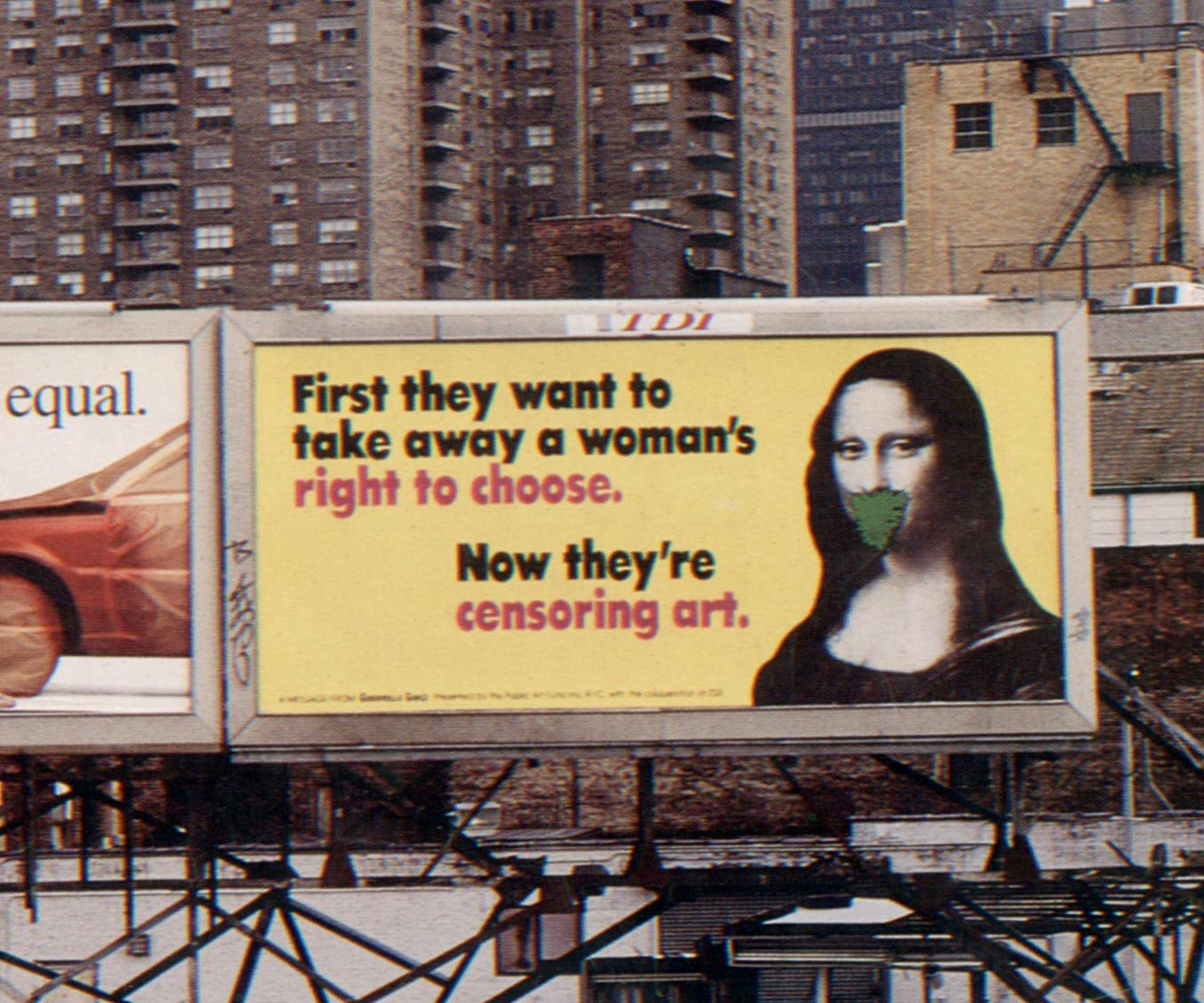
Guerrilla Girls: Feminist Street Posters, 1985–1991
When the Guerrilla Girls began wheatpasting their first posters on walls in Soho and Tribeca in 1985 they introduced a provocative new type of politicized street art that had an almost immediate effect. Rooted in an era when women were increasingly conscious of widespread inequalities in America, the Guerrilla Girls…

East Village Eye, 1979–1987
Leonard Abrams was just 24 years old when he started the East Village Eye in early 1979. Filling a void left after the closing of the East Village Other seven years before, and riding the wave of a newly revived East Village kick-started by CBGB and the rise of Punk,…
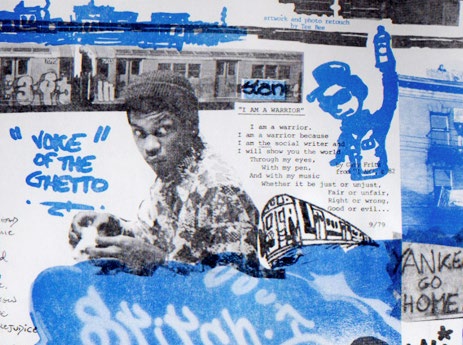
IGTimes: Urban Street Culture, 1984–1994
Among the underground publications of the 1970s and 80s IGTimes has the distinction of being the first periodical devoted to New York street and subway art.
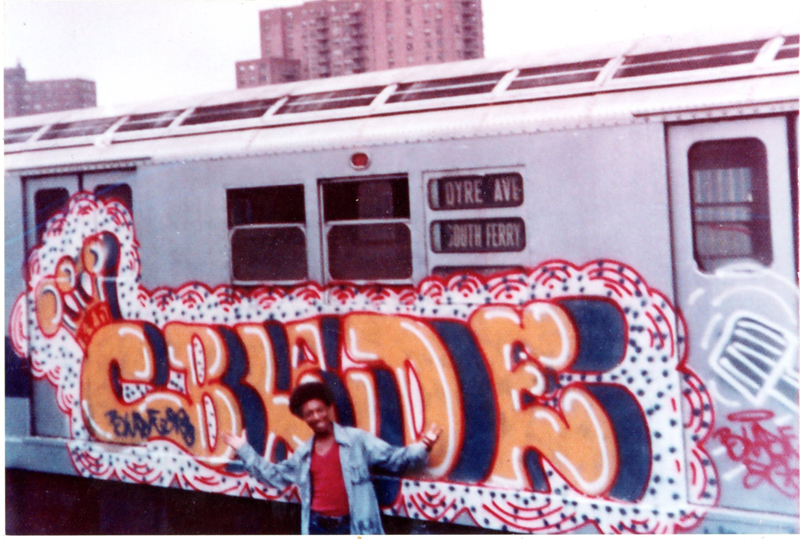
BLADE, King of Graffiti: Cards, Photographs, Drawings, Publications
In the words of curator Roger Gastman, “Before New York City made graffiti world famous, BLADE was one of the people who made it famous in New York.” BLADE (Steven Ogburn) was only fifteen years old when in 1972 he tagged his first train. By 1974 he was painting full…

40 Top Art Events of the Downtown Era: A Timeline, 1974–1992
The Downtown Era began in the 1970s, when aspiring artists of the baby-boomer generation arrived in New York. Over the next two decades, they would radically change the art world, opening it up to new forms of media, new modes of exhibiting art, and new social perspectives.
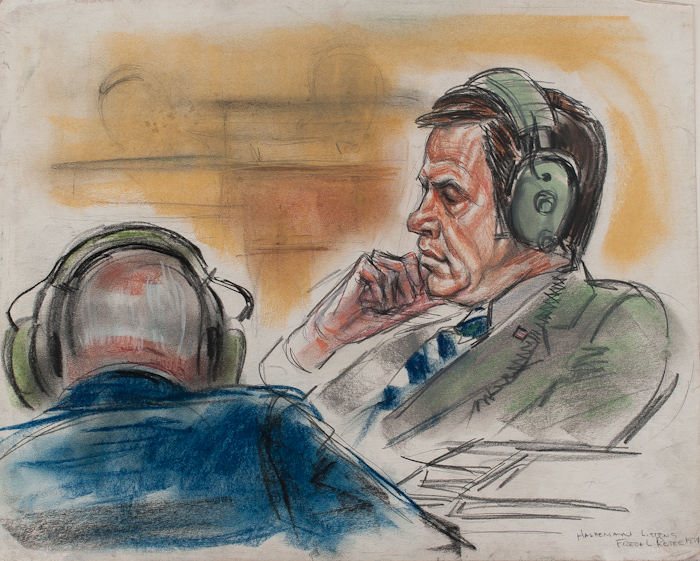
Watergate Courtroom Sketches by Freda L. Reiter, 1973–75
To provide sufficient visuals for the substantial airtime allotted to the story each night, Reiter made multiple sketches a day: close-up portraits, as well as wide-angle views of the courtroom incorporating as many as 28 figures.